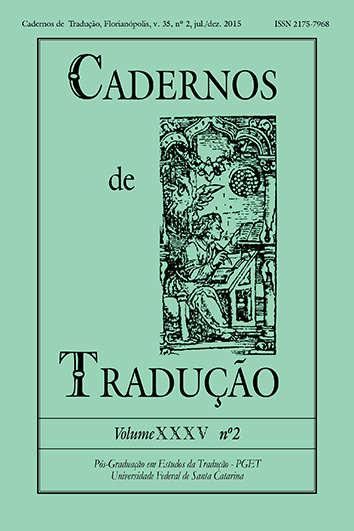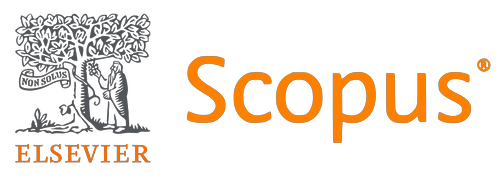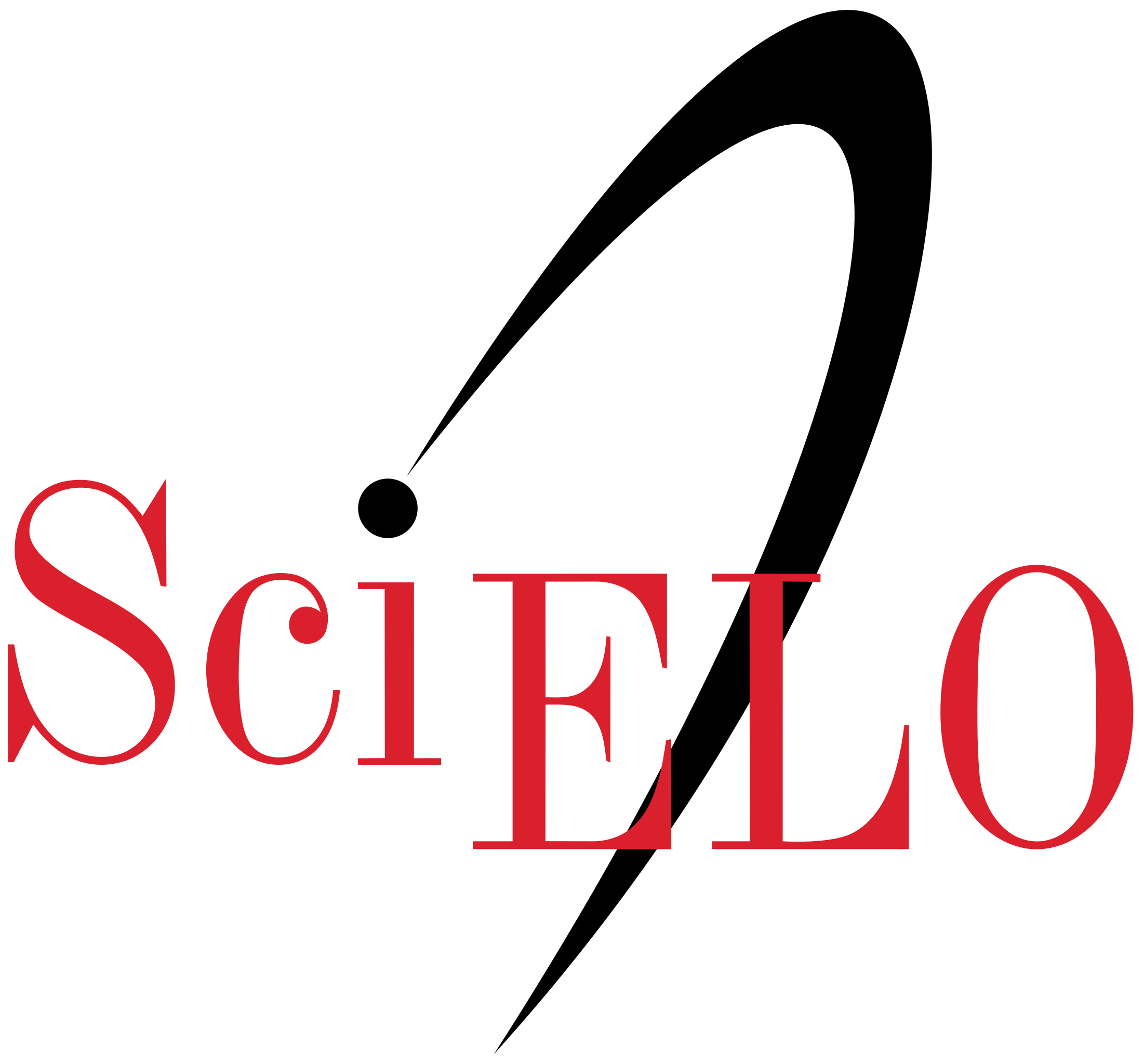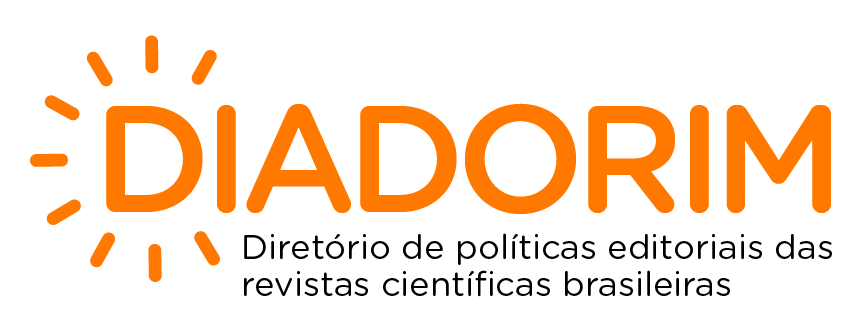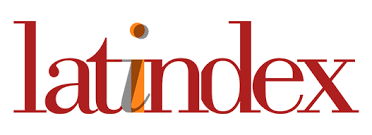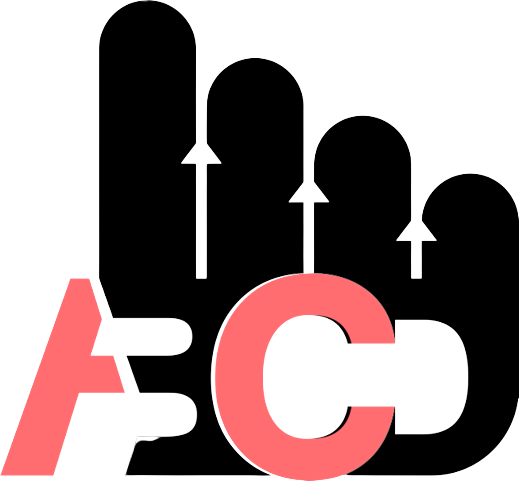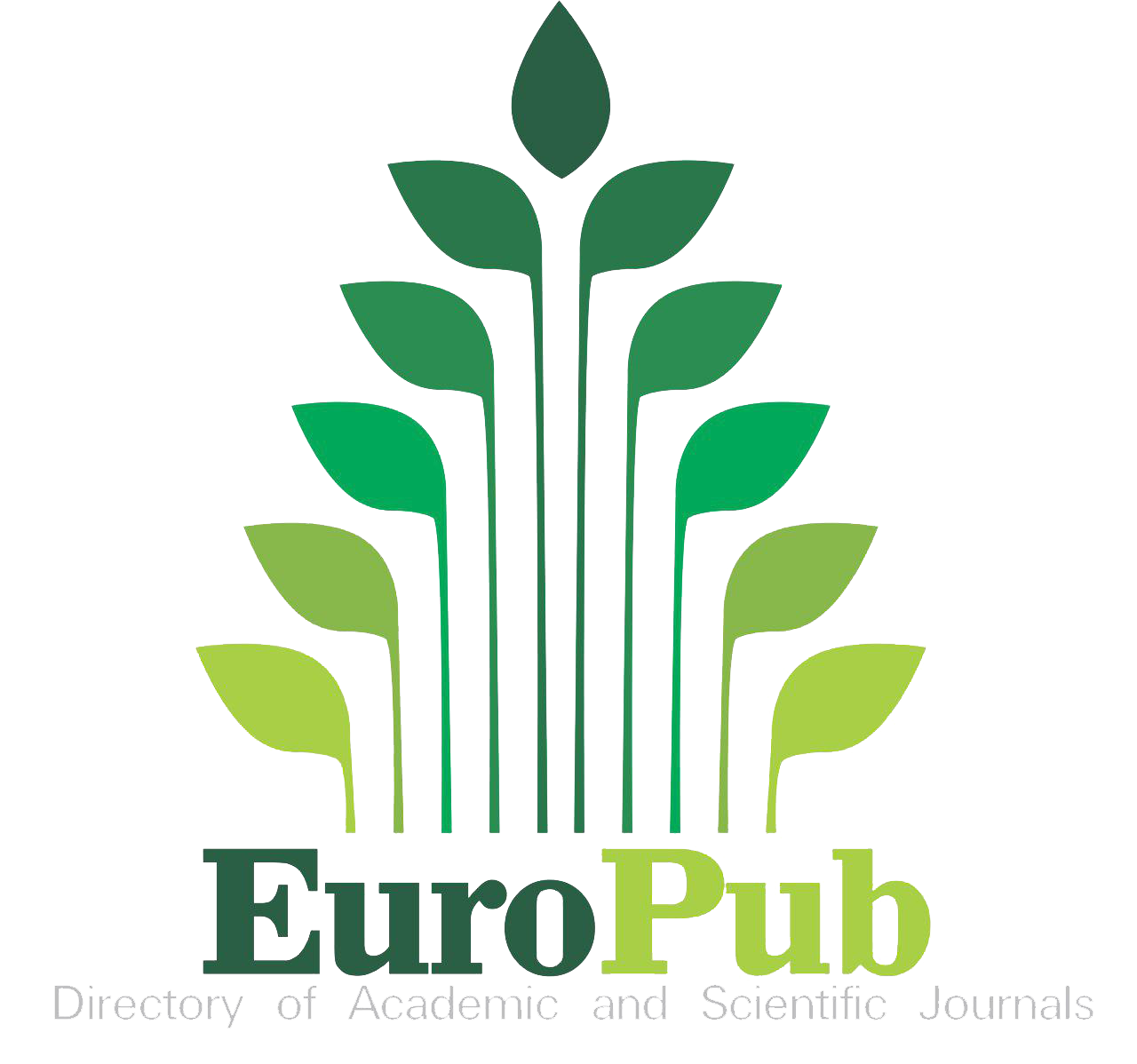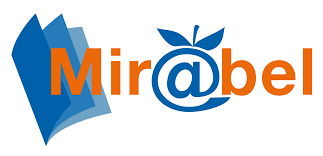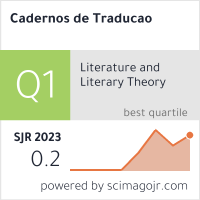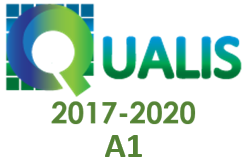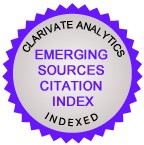Diarización y reconocimiento de habla en la semiautomatización de la audiodescripción: un estudio exploratorio sobre posibilidades futuras
DOI:
https://doi.org/10.5007/2175-7968.2015v35n2p308Resumen
Este artículo presenta una visión panorámica de los componentes tecnológicos usados en el proceso de audiodescripción y propone un nuevo escenario en el que se aplicarían el reconocimiento de habla, la traducción automática y la síntesis de habla, con su correspondiente revisión humana, para incrementar la cantidad de audiodescripciones disponibles. El artículo describe un proceso en el que la diarización y el reconocimiento de habla permiten obtener una transcripción semiautomática de la audiodescripción. El artículo presenta detalladamente el proceso técnico así como un resumen de los resultados experimentales.Citas
ADLAB (2012). Report on user needs assessment. Report no. 1, ADLAB (Audio Description: Lifelong Access to the Blind) project. Retrieved from www.adlabproject.eu.
Álvarez, A.; Mendes, C.; Raffaello, M.; Luis, T.; Paulo, S.; Piccinini, N.; Arzelus, H.; Neto, J.; Aliprandi, C., & Del Pozo, A. (2015). Automating live and batchsubtitling of multimedia contents for several European languages. Multimedia Tools and Applications (MTAP).
Bourne, J., & Jiménez, C. (2007). From the visual to the verbal in two languages: a contrastive analysis of the audio description of The Hours in English and Spanish. In J. Díaz-Cintas, P. Orero, & A. Remael (Eds.), Media for All. Subtitling for the Deaf, Audio Description, and Sign Languages (pp. 175-188). Amsterdam: Rodopi.
Caruso, B. (2012). Audio Description Using Speech Synthesis. In Languages and the Media. 9th International Conference on Language Transfer in Audiovisual Media.Conference Catalogue (pp. 59-60). Berlin: ICWE.
Delgado, H., Fredouille, C., & Serrano, J. (2014). Towards a complete binary key system for the speaker diarization task. Interspeech 2014. Proceedings of the 15th Annual Conference of the International Speech Communication Association (pp. 572-576). Singapore.
Drożdż-Kubik, J. (2011). Harry Potter iKamieńFilozoficznysłowemmalowany – czylibadanieodbiorufilmu z audiodeskrypcją z synteząmowy. MA Thesis. Krakow: Jagiellonian University.
DTV4ALL (2009). Digital Television for All. D2.3. Interim Report on Pilot services. Retrieved from http://dea.brunel.ac.uk/dtv4all/ICT-PSP-224994-D23.pdf
Fernández-Torné, A., & Matamala, A. (2014, November). Machine translation and audio description. Is it worth it? Assessing the post-editing effort. Paper presented at Languages and the Media. 10th International Conference on Languages Transfer in Audiovisual Media, Berlin, Germany.
Fernández-Torné, A., & Matamala, A. (forthcoming). Text-to-speech vs human voiced audio descriptions: a reception study in films dubbed into Catalan. Jostrans. The Journal of Specialised Translation.
Fernández-Torné, A., Matamala, A., & Ortiz-Boix, C. (2012, June). Technology for accessibility in multilingual settings: the way forward in AD? Paper presented at The translation and reception of multilingual films Conference, Montpellier, France. Retrieved from http://ddd.uab.cat/record/117160
Fredouille, C.; Bozonnet, S., & Evans, N.W.D. (2009) The LIA- EURECOM RT‘09 Speaker Diarization System.RT’09, NIST Rich Transcription Workshop. Florida, USA. Retrieved from http://www.itl.nist.gov/iad/mig/tests/rt/2009/workshop/LIA-EURECOM_paper.pdf
Hyks, V. (2005). Audio description and translation: Two related but different skills. Translating Today Magazine, 4(1), 6–8.
Jankowska, A. (2013). Tłumaczenieskryptówaudiodeskrypcji z językaangielskiegojakoalternatywnametodatworzeniaskryptówaudiodeskrypcji. Unpublished doctoral dissertation, Jagiellonian University, Krakow, Poland.
Kobayashi, M., Fukuda, K., Takagi, H., & Asakawa, C. (2009). Providing synthesized audio description for online videos. ASSETS ’09: Proceedings of the 11th International ACM SIGACCESS Conference on Computers and Accessibility(pp. 249-250). New York, USA: ACM.
Mączyńska, M. (2011). TTS AD with audio subtitling to a non-fiction film. A case study based on La Soufriere by Werner Herzog. Unpublished MA Thesis, University of Warsaw, Warsaw, Poland.
Matamala, A. (2006). La accesibilidad en los medios aspectos língüísticos y retos de formación. In R. Pérez-Amat,& Á. Pérez-Ugena (Eds.) Sociedad, integración y televisión en España (pp. 293–306). Madrid: Laberinto.
Matamala, A., & Orero, P. (2009). L’accessibilitat a Televisió de Catalunya: parlemamb Rosa Vallverdú, directora del departament de Subtitulació de TVC. Quaderns, Revista de Traducció, 16, 301-312.
Mieskes, M., & Martínez Pérez, J. (2011).A web-based editor for audio-titling using synthetic speech. Paper presented at the 3rd International Symposium on Live Subtitling with Speech Recognition, Antwerp, Belgium Retrieved from http://www.respeaking.net/Antwerp%202011/Webbased_editor.pdf
Moreno, A.; Febrer, A., & Márquez, L. (2006). Generation of Language Resources for the Development of Speech Technologies in Catalan. Proceedings of the Language Resources and Evaluation Conference LREC 06 (pp. 1632-1635). LREC: Genoa, Italy.
Oncins, E., Lopes, O., Orero, P., Serrano, J., & J. Carrabina(2013). All together now: a multi-language and multi-system mobile application to make living performing arts accessible. Jostrans. The Journal of Specialised Translation, 20, 147-164.
Ortiz-Boix, C. (2012). Technologies for audio description: study on the application of machine translation and text-to-speech to the audio description in Spanish. Unpublished MA Thesis, UniversitatAutònoma de Barcelona, Barcelona, Spain.
Remael, A., & Vercauteren, G. (2010). The translation of recorded audiodescription from English into Dutch.Perspectives. Studies in Translatology, 18(3), 155-171.
Szarkowska, A. (2011). Text-to-speech audio description: towards wider availability of AD. The Journal of Specialised Translation, 15, 142-162.
Szarkowska, A., & Jankowska, A. (2012). Text-to-speech audio description of voice-over films. A case study of audio described Volver in Polish. In E. Perego (Ed.) (2012). Emerging topics in translation: Audio description (pp. 81-98). Trieste, Italy: Edizioni Università di Trieste.
Walczak, A., & Szarkowska, A. (2012). Text-to-speech audio description of educational materials for visually impaired children. In S. Bruti, & E. Di Giovanni (Eds.) Audio Visual Translation across Europe: An Ever-Changing Landscape (pp. 209-234). Bern/Berlin: Peter Lang.
Descargas
Publicado
Cómo citar
Número
Sección
Licencia
Declaración de Derecho de Autor
Los autores conservan sus derechos de autor y conceden a la revista el derecho a la primera publicación bajo la Licencia Creative Commons Attribution, que permite que se comparta el trabajo reconociéndose la autoría y publicación inicial en esta revista.
Los autores están autorizados a asumir contratos adicionales por separado para la distribución no exclusiva de la versión del trabajo publicada en esta revista (por ej.: publicar en un repositorio institucional o como capítulo de libro, reconociéndose la autoría y publicación inicial en esta revista).

